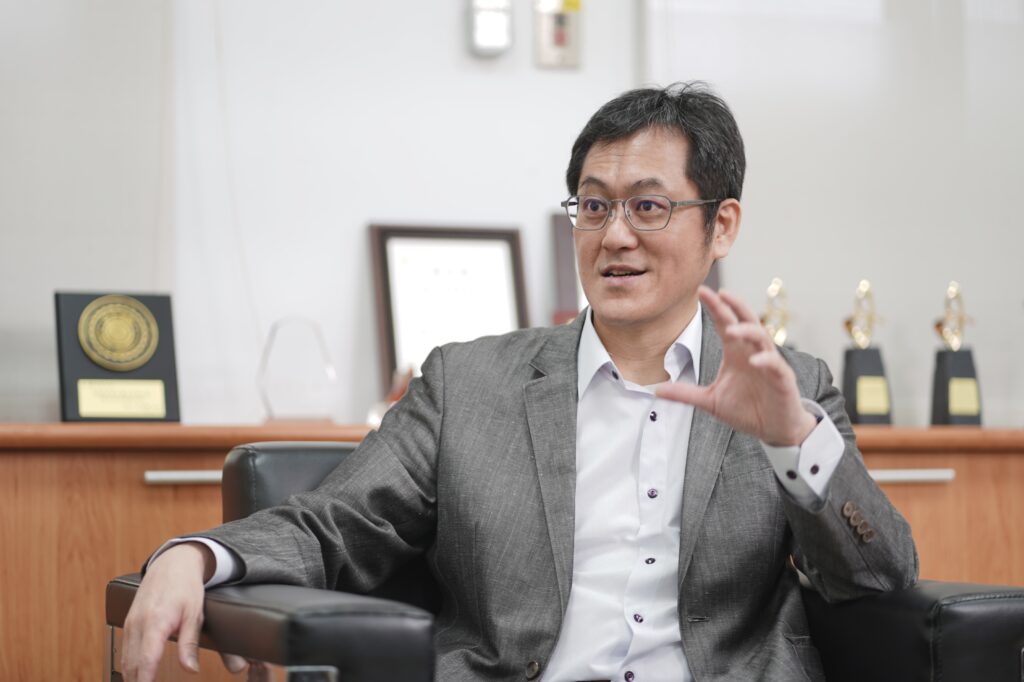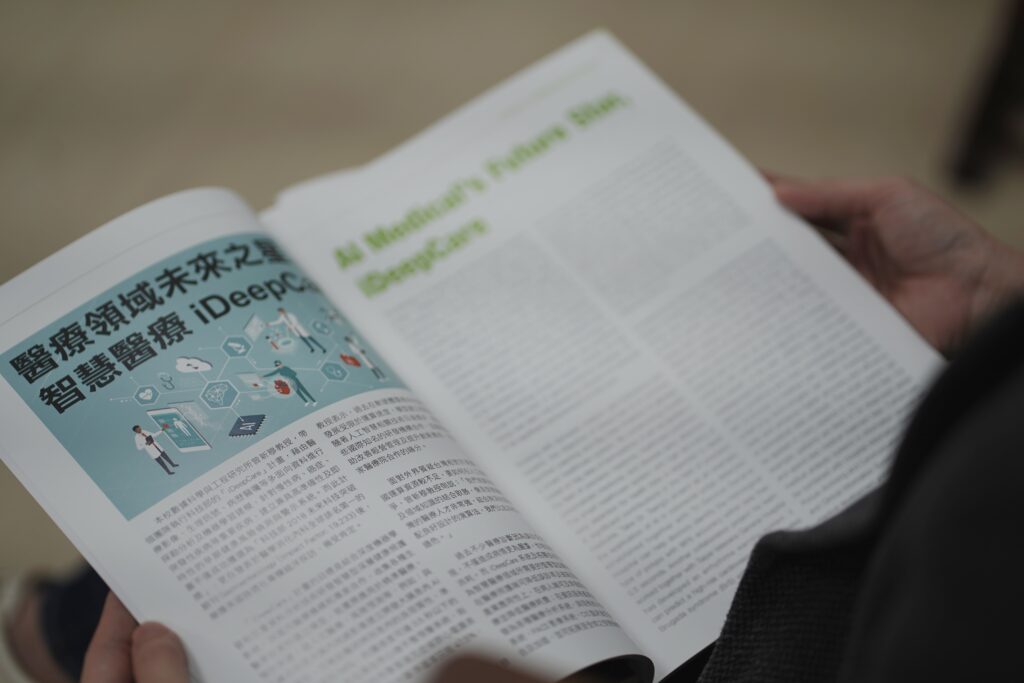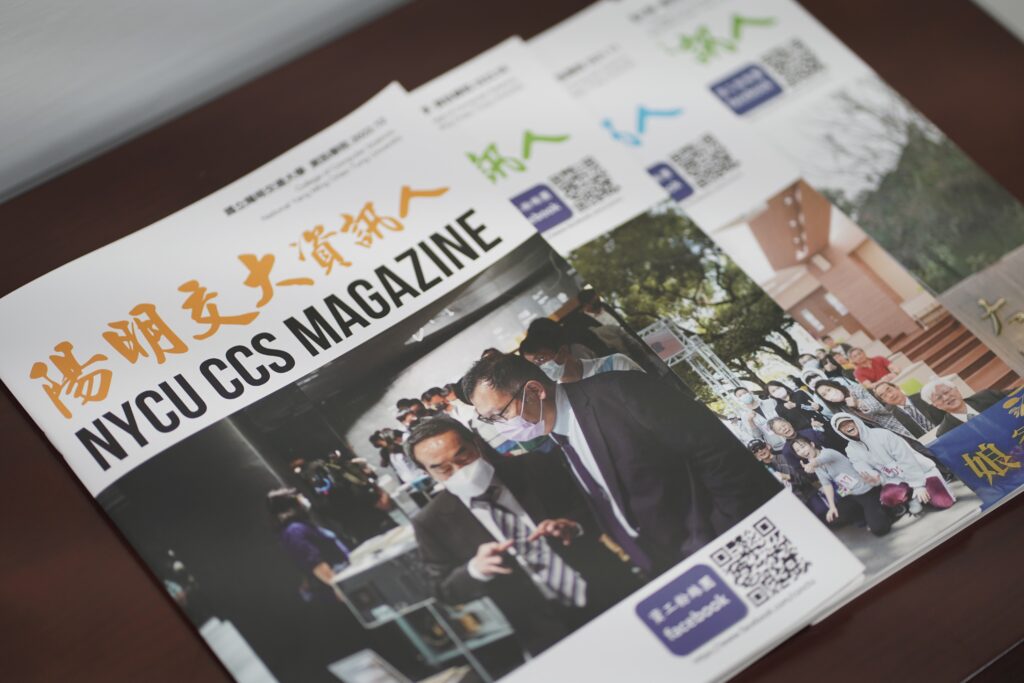
NYCU is the top-notch partner for the international telecom equipment industry
As the demand for electronic products increases, the research and development of Mobile Communication Networks technology has become the focus of information and communication from industry, academia, and the research community. Following the international 3GPP standards, National Yang Ming Chiao Tung University (hereinafter referred to as NYCU) developed the first open-source 5G core network in the world, free5GC, bringing NYCU to the forefront of the 5G trend as the top-choice institute for domestic and international industrial cooperation. The Dean of the College of Computer Science, Jyh-Cheng Chen, stated with confidence, “Our team can build actual systems in addition to publishing papers, and out of all the Taiwanese institutes, only NYCU can build end-to-end systems and apply them to real-world applications.”

“free5GC” makes a difference with free, open-source, and compliance with international standards
“Although our initial motive for developing free5GC is a purely academic purpose, after its debut, free5GC has surprisingly attracted a high level of interest from businesses, including Taiwan and even international industries.” Chen further pointed out. As he mentioned, the barrier to developing cellular core networks and hardware costs were very high in the early years, costing tens of billions of NT dollars. Since the core network technology was coupled with its nature of closed architecture, both academic and industrial core network research, eventually, could only use computer simulation and mathematical analysis, thus, making it difficult for the researchers to verify core networks in a real environment. This stimulates Chen the idea of developing open-source core networks.
According to Chen, with the sponsorship of the Ministry of Science and Technology, he and his students at NYCU attempted to develop an open-source 4G core network based on the 5G concept in 2014. Finally, they launched the free5GC core network in 2019, complying with the international 3GPP standards. Upon its debut, free5GC immediately attracted the attention of international telecom manufacturers due to the three following highlights, which are free, open source, and compliance with international standards. It attracts Fujitsu Ltd. of Japan to lead a consortium with the University of Tokyo, Internet Initiative Japan (IIJ), and Apresia to develop a commercial 5G private network based on free5GC. The Open Networking Foundation (ONF) of the U.S., on the other hand, has also integrated free5GC into two internationally renowned projects, SD-Core and Aether, introducing free5GC to more international telecom companies.
Considering the increasingly frequent and in-depth communication between free5GC and the industry, NYCU further established the “Communication Service/Software Laboratory (CS Lab)”, while also establishing the “free5GC Technology Development Alliance” under the Global Research and Industry Alliance (GLORIA). Through a membership program, the Alliance provides a more comprehensive 5G consulting service for its members to enhance university-industry cooperation. Japan’s Fujitsu Ltd. and Softbank, India’s HCL, and the United States Open Networking Foundation were among the members, highlighting the impact of NYCU’s free5GC technology.
Efficient 5G applications make smart factories and smart hospitals come true
Chen has been devoted to core network research for more than two decades. He pointed out that the shortage of labor due to low birth rates will be filled up by robots in the future. We may thus foresee AI technologies put into use in smart factories like great amounts of drones and unmanned vehicles. Such an application requires strong network-connection technologies, making 5G the best choice with its high bandwidth, low latency, and wide connectivity characteristics.
Hospitals are another suitable field to put 5G networks into use. Chen made an example, “It is inconvenient to draw wires in places such as mobile nursing stations, operating rooms, or in situations using AR/VR headsets that use wireless products. On the other hand, a large number of medical image data transmissions also need a faster connection. Considering the possibly high cost of wired network installation in hospitals along with the obstacles to distributing wires in old hospital structures, the deployment of 5G networks can solve these difficulties and realize the vision of more convenient, accurate, and mobile smart medical care.


Integrating cross-disciplinary energy to build an open architecture ecosystem
With the strong base of information and communication technologies from the former National Chiao Tung University as well as the smart medical technology of National Yang-Ming University, the joint university of NYCU will be able to integrate the interdisciplinary resources of both universities. The free5GC can also be tested in medical experiments to develop related technology research and development. Following this spirit, Dr. Jyh-Cheng Chen’s team also collaborates with Dr. Chih-Chieh Yang, Associate Chairperson of the Department of Medicine at NYCU, to deploy the 5G private network in the “Smart Healthcare Simulation Ward” of the Digital Medicine Center, which is expected to obtain further clinical trial results. As for the university’s future development plan in the field of information and communication, Chen confidently stated, “Our team will continue to research and develop 6G and even 7G technologies in compliance with international standards. Our ambition is to build a system from 5G private networks, then slowly expand to the level of public networks to create an open architecture ecosystem.” The upcoming project seeks to maximize the energy of NYCU and will continue to make the university stand firmly as the leading position in the field of 5G and the information & communication industry.
